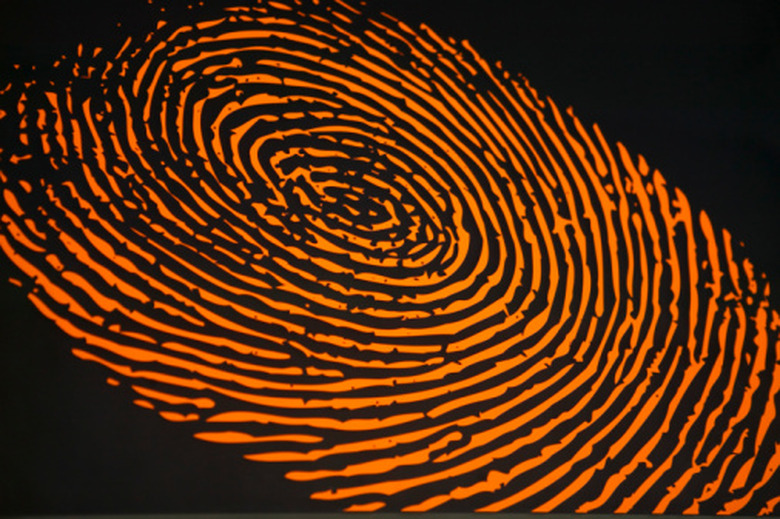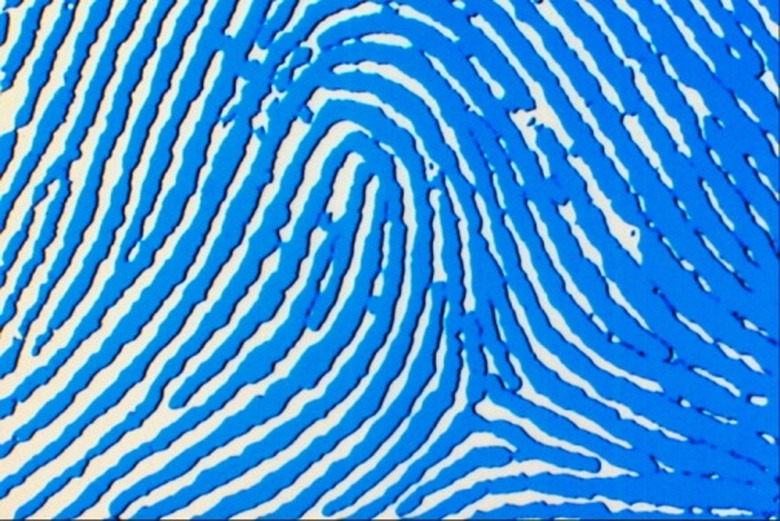Classes Of Fingerprints
Fingerprints are ridge patterns on an individual's fingers that form early in the second trimester of fetal development and remain the same throughout life. There have never been any cases of identical fingerprints from different people, and society makes the assumption that fingerprints are unique for every individual. Due to natural oils in human skin, humans leave their fingerprints on objects they touch, and courts worldwide accept fingerprint evidence as proof that individuals have been at a location where their fingerprints are found.
Classification
Classification
Since as many different patterns of fingerprints exist as individuals on the earth, identifying samples may involve vast amounts of data. Dividing fingerprints into classes of patterns greatly reduces the necessary size of the database. While many subclasses of fingerprint patterns exist, the three main classes of fingerprints are whorls, arches and loops.
Whorls
Whorls
Whorls represent 34 percent of all fingerprint patterns. At least one ridge in a plain whorl pattern makes a complete circuit in the form of a circle, oval or spiral, and there must be at least two triangular shapes called deltas. Double loop whorls have two separate loop formations. Central pocket loop whorls make a complete circle inside the two deltas. Accidental whorls have two different types of patterns.
Arches
Arches
Arches represent 5 percent all fingerprint patterns. The lines of an arch flow from one side of a pattern to the other without turning backward. They slope upward near the center forming an arched shape. A plain arch is an arch that flows smoothly across the pattern with a mild upturn near the center. A tented arch is similar but has a sharp upstroke. The ridges on radial and ulnar arches have one delta, and the radial arch slopes toward the thumb while the ulnar arch slopes toward the little finger.
Loops
Loops
Loops represent 61 percent of all fingerprint patterns. At least one ridge of a loop enters from one side of the pattern and flows to the center of the pattern, called the core, then turns back on itself. Loops have one delta and one core. Those loops that slope toward the thumb are called radial loops, and loops that slope toward the little finger are called ulnar loops.
Cite This Article
MLA
Shirey, Wayne. "Classes Of Fingerprints" sciencing.com, https://www.sciencing.com/classes-fingerprints-8698501/. 24 April 2017.
APA
Shirey, Wayne. (2017, April 24). Classes Of Fingerprints. sciencing.com. Retrieved from https://www.sciencing.com/classes-fingerprints-8698501/
Chicago
Shirey, Wayne. Classes Of Fingerprints last modified March 24, 2022. https://www.sciencing.com/classes-fingerprints-8698501/


